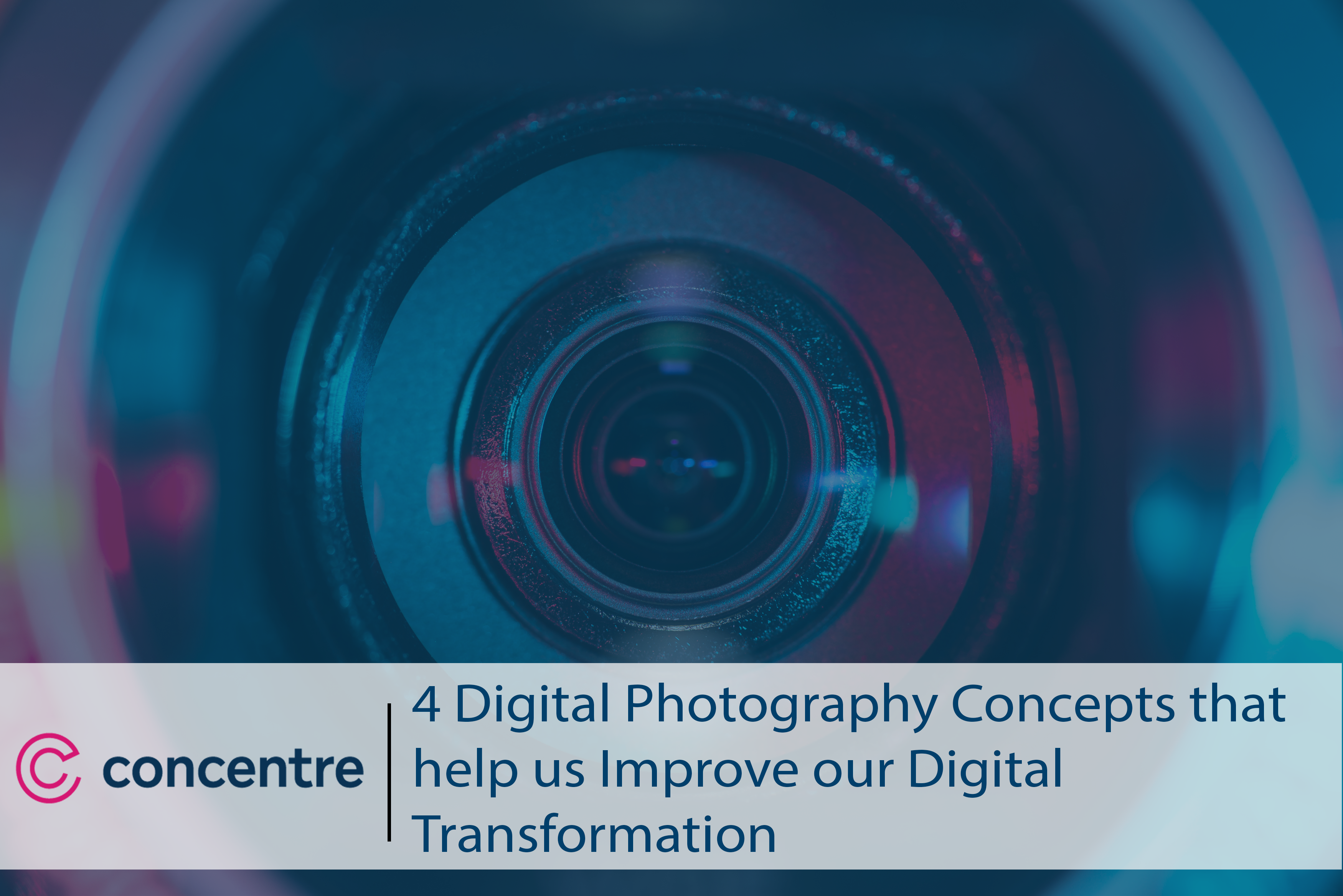As Esther Shein outlines in CIO.com, “Digital Transformation has moved beyond a nice-to-have to let’s get cracking.” And there are a number of technologies that are continuing to enable additional digital transformation value, from Blockchain, to Identity Management in the Cloud.
But the starting point for companies embarking on or driving their Digital Transformation is to be able to effectively tell a compelling story of what Digital Transformation means to their company.
Technology leaders tend to marry together a mix of both art and science in building the Digital Transformation story – what we are going to get done, and how we are going to get there. We are taking information and turning it into a compelling visual that inspires others to come on the journey with us. And, in that respect, Digital Transformation is similar to Digital Photography. So, what can we learn from Digital Photography as we build our Transformation story?
1. Understand knowns, unknowns and biases
Context and perception are critical to understanding your audience’s starting point and what they will react to. In digital photography our eyes react more to green light than red or blue light, so the sensor that captures the image has more green sensors to tell the story in the way we will best receive it.
2. Clearly define the focus
We describe it as Purpose, Strategy or Focus but the key element is to be able to clearly describe where we are (current state) and where we are going (future state). In digital photography we have to make decisions about shutter speed and depth of field which impacts how much light and information can be recorded. If the subject is very fast moving then we limit the light coming in, so that there is a level of focus and clarity in the picture.
3. Tell the story
What are the most important elements in the Plan that we are telling and what can we leave out or fill in later? In digital photography we have to define the composition of our pictures. There are times when less is more – the simplicity of what is included increases how compelling the image is and enables us to get started quickly. Sometimes more detail is needed.
4. Communicate internally and externally
As Execution begins there are different elements that internal and external stakeholders are expecting to hear about how Transformation is progressing. In digital photography we set the white balance to compensate for the embedded color within white light that comes from being outside or inside.
Infotrends estimates that 1.2 trillion photos were taken in 2017, with 85% of them taken by mobile phones. But, for the most important projects, memories and tasks, digital cameras still reign. And that is because there is still a difference between quickly taking a picture to show you were there and composing a story to inspire others.
So, it is worth taking the time to compose a digital vision that effectively communicates the art of the possible and energizes our teams to come on the transformation journey. After all, every story is judged by how well it is received by those listening and watching.




